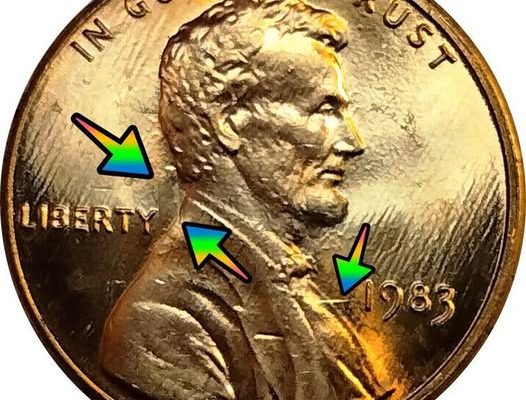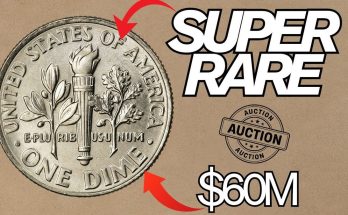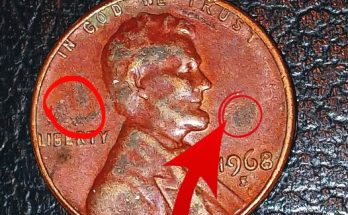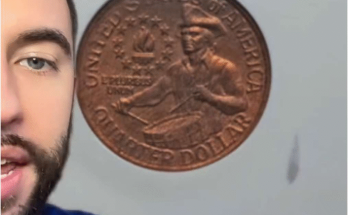
 Why the 1983 Penny Is So Special
Why the 1983 Penny Is So Special
The year 1983 was a big deal in U.S. coin history.
That’s when the U.S. Mint switched from making pennies mostly out of copper (3.1 grams) to copper-plated zinc (2.6 grams). This sudden change caused a variety of minting issues — and collectors today are paying top dollar for them.

 1983 Penny Values (Without Errors)
1983 Penny Values (Without Errors)
Even if your penny doesn’t have an error, its condition (grade) can make a huge difference in value. The sharper the details and the brighter the color, the higher the price!
| Coin Type | Grade | Auction Record | Value |
|---|---|---|---|
 1983 Lincoln Cent (MS68) 1983 Lincoln Cent (MS68) |
PCGS | $1,840 |  |
 1983 Lincoln Cent (MS68+) 1983 Lincoln Cent (MS68+) |
PCGS | Around $5,000 |  (Only 2 known!) (Only 2 known!) |
 1983-D Lincoln Cent (MS68) 1983-D Lincoln Cent (MS68) |
PCGS | $1,380 |  |

 1983 Penny Errors and Varieties to Look For
1983 Penny Errors and Varieties to Look For
 1. Doubled Die Reverse (DDR)
1. Doubled Die Reverse (DDR)
This is the most famous and valuable 1983 penny error!
You’ll notice doubling on the letters “ONE CENT” and “E PLURIBUS UNUM.”
MS68RD sold for $7,050
- MS64BN sold for $495
- Use a 10× magnifier or a USB microscope to confirm doubling.
 2. Die Clash Errors
2. Die Clash Errors
Sometimes, the coin dies strike each other without a blank coin in between. This leaves mysterious marks or outlines on the next coins.
- Raw examples start around $5+ on eBay
- Look for die cracks, rim cuds, or struck-through marks — they all add value!
 3. Struck-Through Errors
3. Struck-Through Errors
Grease, debris, or cloth sometimes gets caught during minting, leaving odd missing areas.
- Typical value: $5 and up, depending on how visible the strike-through is.
 4. Plating Bubbles & Blisters
4. Plating Bubbles & Blisters
Since 1983 pennies are zinc with a copper coat, tiny bubbles often form on the surface.
- Usually worth under $1, but still collectible
- Be careful — popped bubbles can lead to zinc rot (damage).
 5. Wrong Planchet Errors
5. Wrong Planchet Errors
Here’s where the big money comes in!
A normal zinc penny weighs 2.6g, while an older copper one weighs 3.1g.
If your 1983 penny weighs differently, it might have been struck on the wrong planchet — a major rarity!

 6. Die Cracks & Cuds
6. Die Cracks & Cuds
Collectors love unique cracks that look like designs.
- Nicknames include the “Hanging Rope Penny” and the “Impaled Lincoln”
- Values vary by eye appeal, but can sell for many times face value.
 How to Find Rare 1983 Pennies
How to Find Rare 1983 Pennies
If you want to hunt for these treasures, try:











